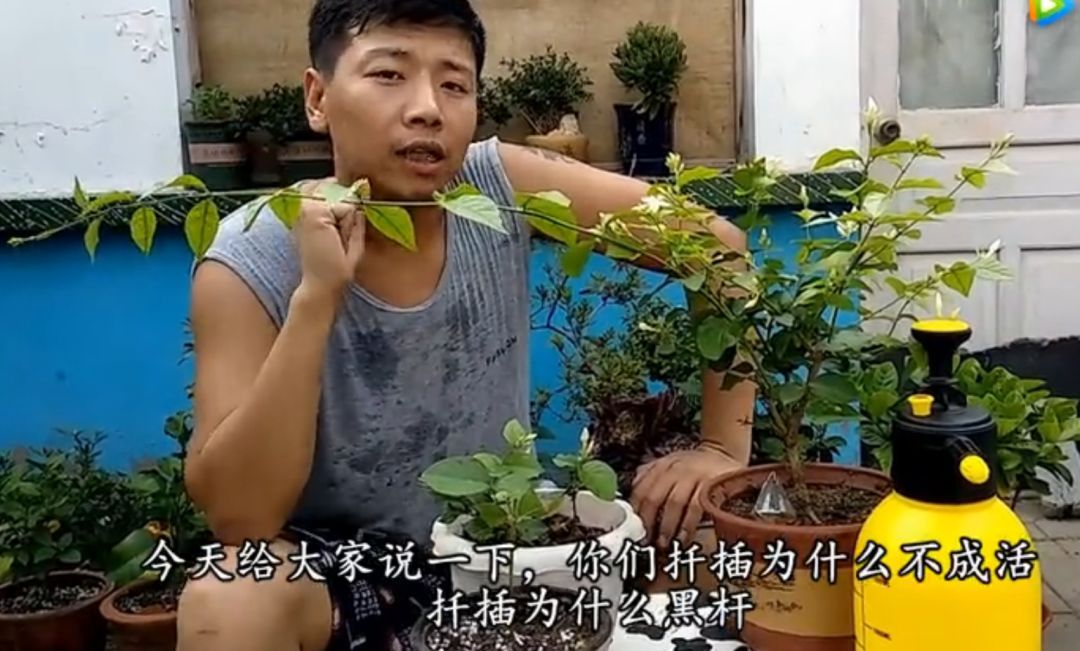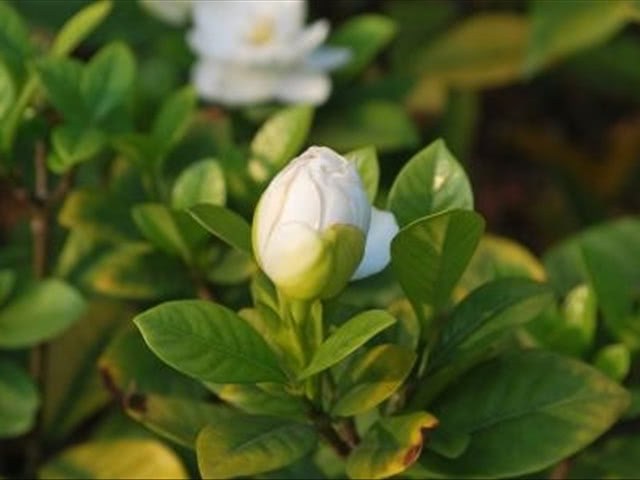Each of the five major schools of Chinese bonsai has its own characteristics. Who do you think is better?

There are many bonsai schools in China and five traditional factions: one Lingnan school represented by Guangzhou, two Sichuan schools represented by Chengdu, three Suzhou schools represented by Suzhou, four Yang schools represented by Yangzhou, and five Shanghai schools represented by Shanghai. School. Let's take a closer look at it:
Guangdong bonsai with the garden as the center is called Lingnan School because it is located in Lingnan. Under the influence of Lingnan School of painting, Lingnan School of painting formed a unique composition based on "pruning and branching" in the formation of Lingnan Bonsai College, forming the characteristics of "quite gorgeous, elegant and bold". The theme of creation is either natural or based on painting. They have created bonsai trees with distinctive local features, such as Xiumao Xiongqi trees, tall Fushu, wild and natural, as well as short, dry, dense and leafy.
Sichuan bonsai has a strong region and style. Its bonsai shows the characteristics of Qiuqu and Cangu, and embodies the spiritual connotation of hanging roots, claws and trees. Focus on the rhythm and rhythm of modeling and production, with brown silk flat soles as the main part, cutting and binding as a whole. Its landscape bonsai: show the splendor and danger of Bayu landscape. It has the basic principles of "rise, download, turn, merge, fall, tie a knot and walk", forming a towering, steep, deep mountain landscape.
The Su School is mainly composed of bonsai trees. It is quaint and simple, ancient and healthy, lively taste, harmonious scene and intriguing. Su-style bonsai got rid of the traditional modeling techniques and adopted the technique of "rough binding and fine cutting". Its pruning is also based on the principle of keeping its appearance beautiful and natural. Only by cutting or removing some "hairy tip" buds has become the main feature of Soviet bonsai. In the process of Pansha, Su sent bonsai to conform to nature and avoid affectation. In addition, the nature of "topping" is also the uniqueness of Su-style bonsai.
- Prev

If the cuttage does not survive, it means that the soil chooses the wrong cuttage omnipotent soil.
Today we talk about why people like cuttings, but why cuttings always fail. Many flower friends like to breed some seedlings and cut some flowers by themselves, but it is not easy to survive. Today we will talk about these.
- Next

Gardenia can be preserved in this way to prevent the leaves from yellowing and blooming.
Original title: gardenia can be preserved in this way to avoid yellowing leaves and full blossoms! Abstract: as we all know, potted gardenia only need to pay attention to these things, so that your gardenia can avoid yellowing leaves.
Related
- Wuhan Hospital Iron Tree Blooming Result Was Instantly Frightened by the Gardener Master
- Which variety of camellia is the most fragrant and best? Which one do you like best?
- What is the small blue coat, the breeding methods and matters needing attention of the succulent plant
- Dormancy time and maintenance management of succulent plants during dormancy
- Minas succulent how to raise, Minas succulent plant pictures
- What are the varieties of winter succulent plants
- How to raise succulent plants in twelve rolls? let's take a look at some experience of breeding twelve rolls.
- Attention should be paid to water control for succulent plants during dormant period (winter and summer)
- Watering experience of twelve rolls of succulent plants
- Techniques for fertilizing succulent plants. An article will let you know how to fertilize succulent plants.

